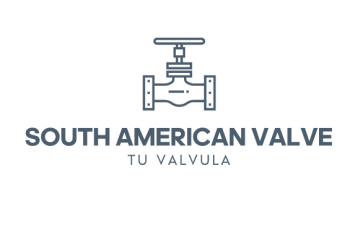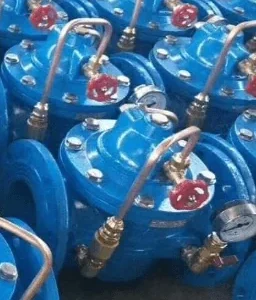Pilot Operated Pressure Reducing Valve
A Pilot Operated Pressure Reducing Valve is a type of control valve that is used to reduce the pressure of a fluid stream in a pipeline. It is commonly used in industrial applications where precise control of pressure is essential to ensure the safe and efficient operation of the process.
The valve consists of two main components: the pilot valve and the main valve. The pilot valve controls the flow of fluid through the main valve, which in turn reduces the pressure of the fluid stream. The pilot valve is connected to a control line that senses the downstream pressure and sends a signal to the pilot valve to open or close accordingly.
When the downstream pressure rises above the set point, the pilot valve opens to allow fluid to flow through the main valve and into the downstream piping, reducing the pressure. Conversely, when the downstream pressure falls below the set point, the pilot valve closes, and the main valve reduces or stops the flow of fluid, increasing the downstream pressure. Pilot Operated Pressure Reducing Valves are used in various applications, including steam distribution systems, water supply systems, gas pipelines, and process control applications. They offer accurate control of downstream pressure, which helps prevent damage to equipment, ensure process stability, and reduce energy consumption.
Parts
- Body
- Inlet and Outlet Ports
- Main Valve
- Pilot Valve
- Diaphragm
- Control Line
- Springs
- Adjusting Screw
- Seat
Advantages
- Accurate Pressure Control
- High Flow Capacity
- Simple Design
- Wide Range of Applications
- Enhanced Safety
- Reduced Noise and Vibration
- Long Service Life
Industries
- Oil and Gas
- Chemicals
- Pulp and Paper
- Power Generation
- Mining
- Water and Wastewater
Pilot Operated Pressure Reducing Valve


